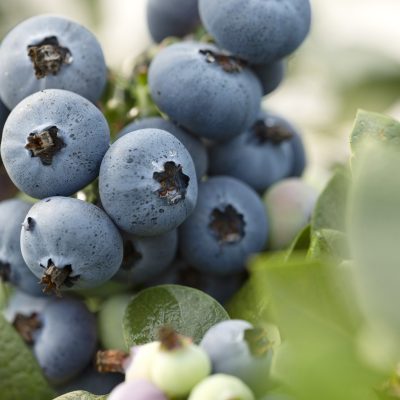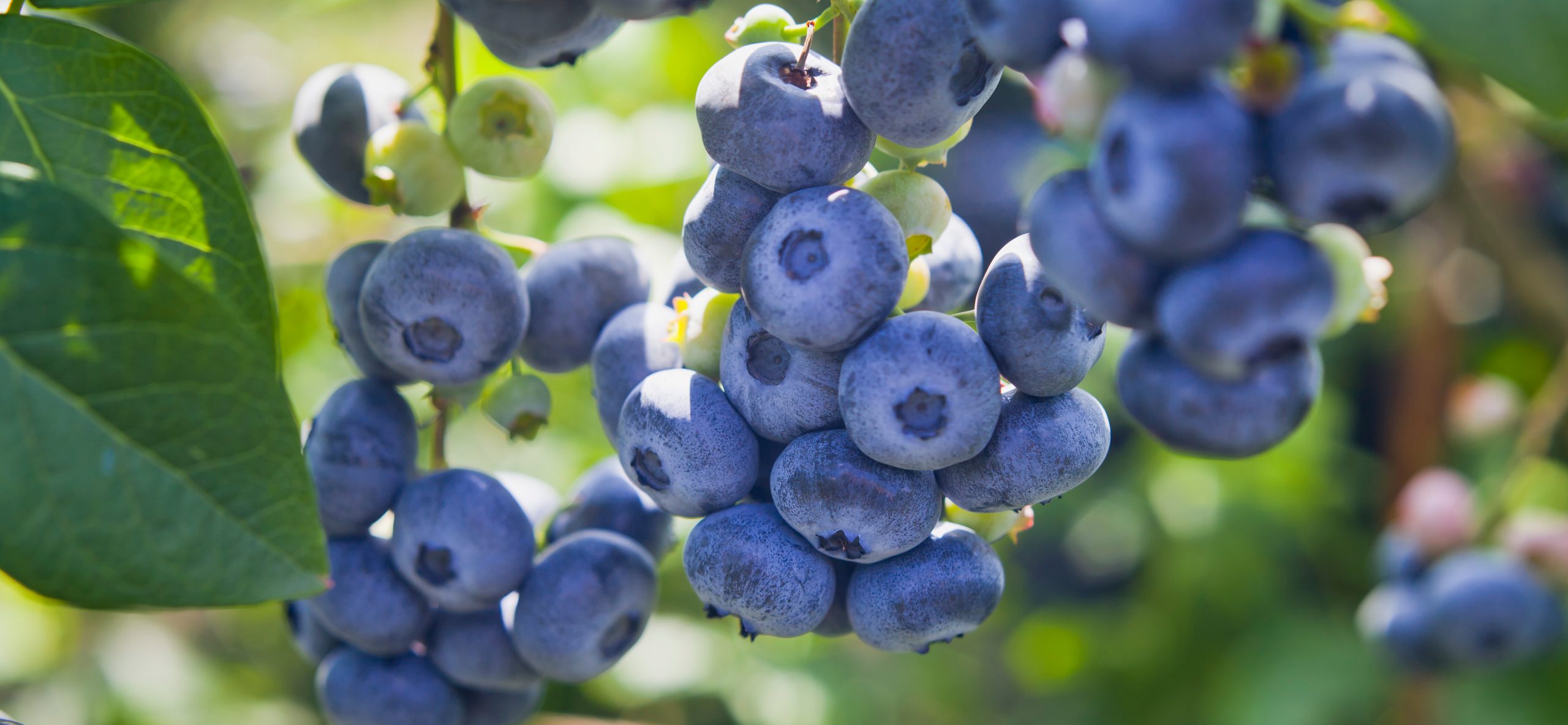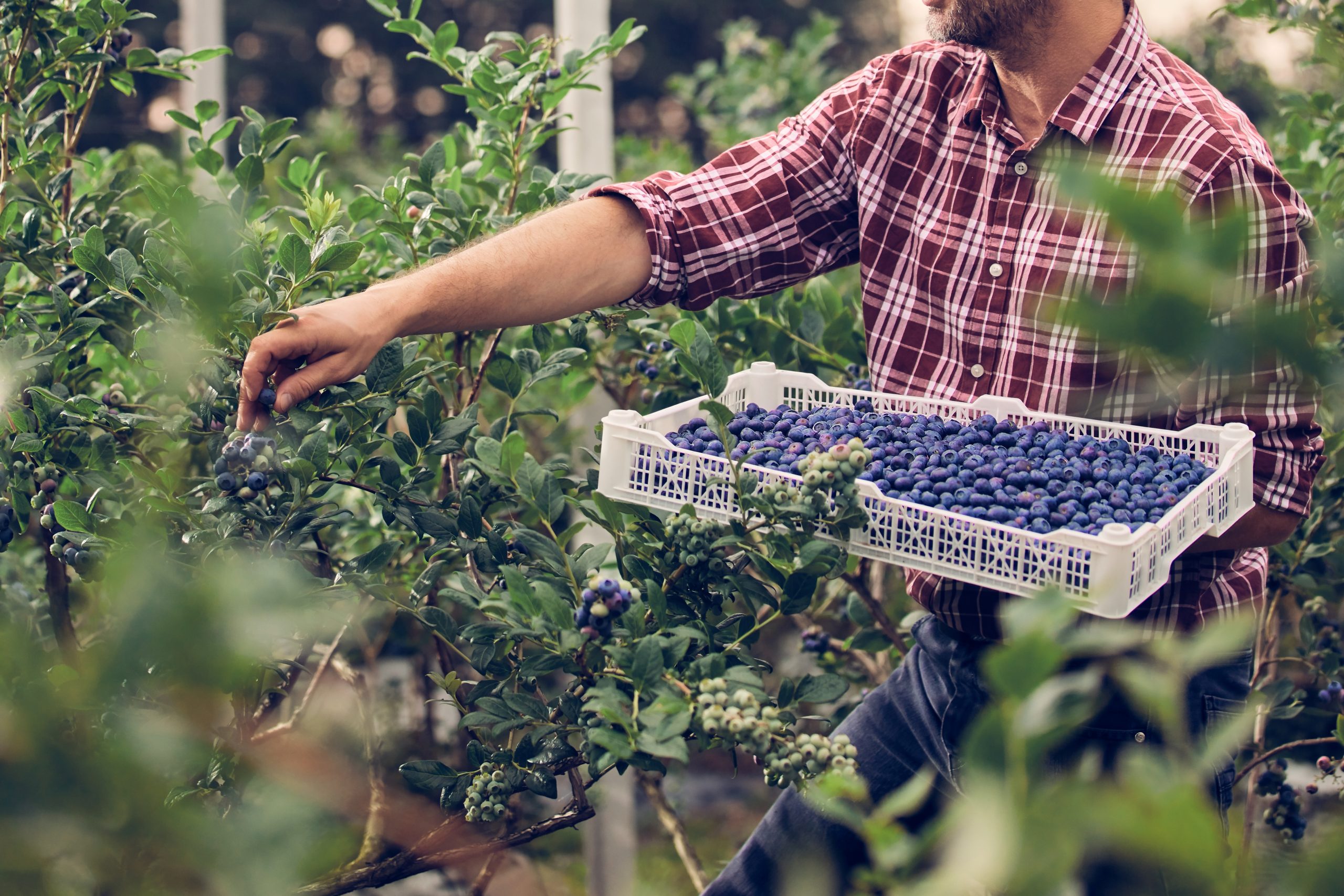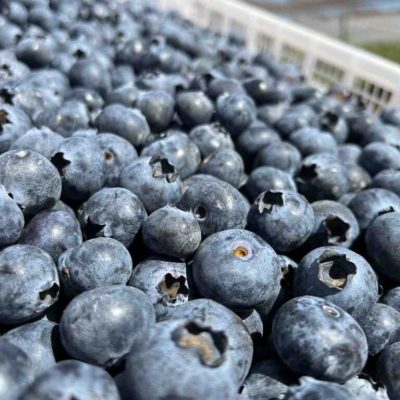Grafted blueberry trees could enhance mechanical harvesting
Blueberry production costs may be reduced if the fruit were to grow on trees rather than bushes.
Wei Qiang Yang, an Oregon State University Extension agent, has successfully been testing a grafted blueberry tree at the university’s North Willamette Research and Education Center in Aurora since 2009.
Yang is working with researchers in California and Florida who are testing other blueberry varieties that have been grafted onto rootstocks, according to a news release.
Producing blueberries on trees rather than bushes also would make machine harvesting more practical.
A tree has a single stem or trunk, which a machine catch plate can easily encircle.
But a bush has multiple stems, the catch plate isn’t as efficient and 15 percent to 25 percent of the crop is lost.
Grafting scions onto rootstocks also would allow growers to select the best rootstock for soil conditions, much like winegrape growers already do.
So far, yields of the grafted plants have compared favorably to own-rooted counterparts except for Liberty.
With that variety, a grafted plant yielded about 1.03 pounds per single tree compared with an average of 1.68 pounds per single bush.
A grafted Draper plant yielded an average of 0.60 pounds per tree compared with 0.55 pounds per bush.
And a grafted Aurora yielded an average of 1.07 pounds per tree compared with 0.88 per bush.
Although compared well between the grafted and bush varieties, Yang still has yet to analyze fruit firmness, size and total acidity.
Photo: Courtesy Oregon State University
The Grower






